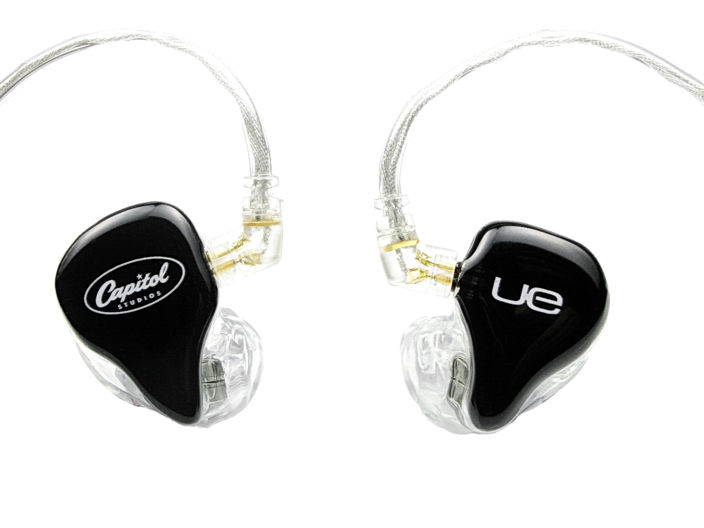In Ear Monitors (IEMS)
What Are They: Custom In Ear Monitors (IEMS or CIEMS) are devices used by musicians, audio engineers and audiophiles to listen to music, hear a custom mix of vocals and instrumentation usually during a live performance.
How do they Work: Traditional speakers work when electrical current +/- flows through a voice coil and the permanent magnet. The coil also connected to a diaphragm moves (back and forth [positive/negative]) and this movement produces the sound we hear. IEMS work using a similar concept, but rather than use a diaphragm and voice coil, there is a thin piece of metal (called an arm) between the voice coil and magnets. When it receives current, it transmits motion to a driver that moves air between it (driver) and a layer of foil (closed system) which produces sound. All of these parts are contained inside a box (balanced armature) small enough to fit neatly in an earpiece impression of your ear. Some manufacturers use multiple boxes and separate the frequencies between them (crossovers) in combinations of highs, mids and lows. IEMS featuring multiple armatures produce exceptional sound quality and cost as high as $2000.00 or more.
Why Do You Need Them: These devices can potentially change the way music is heard on stage thereby changing the way music is heard in the audience. A common complaint of most sound systems is loudness. In fact many bands and churches are opting for IEMS to minimize on-stage volume which, when combined with front-of-house speakers, increases the total dB threshold often to unsafe or unpleasant levels. Stage participants using IEMS also have a distinct advantage with the ability to get a comfortable volume level and personal mix that allows them to perform better. On-stage Sound pressure levels (SPL) are lower, decreasing the risk of hearing loss. Additionally, communications options can be added making it possible for everyone to be connected without using hand signals or stage runners.
Some FAQs for those considering this option
Maybe our sound guys will learn better techniques, what if we choose to wait and see what happens?
Remaining comfortable by doing nothing risks hindering your ministry, turning off potential members and/or losing current ones. In other words, if loudness is your problem it will stay your problem.
What if we begin the process and decide it ruffles too many feathers to stay the course?
You must work through the unfamiliar bumps and missteps sometimes, well before the advantage of change is fully developed and appreciated. In other words, if you begin the process of change and quit amidst complaints and resistance, loudness will stay your problem.
The Pastor and Media Team Leader want to change to an IEMS system but have decided on a product no-one likes.
Ineffective communication and research will stifle present progress and discourage future efforts. In other words, if those you wish to influence don’t feel they are part of the solution and don’t understand the process even though they agree with the eventual end result, loudness will stay your problem.
What Are Your Options? Lets assume your current set-up is fine and all is well, however your equipment needs upgrading or a complete overhaul (it's really a matter of when not if). Look at the possibility of using IEMS as part of your future system based on the size of your church, your budget and (primarily) whether your music ministry could translate their use as a benefit to the congregation. IEMS aren’t cheap by any means, however if they become a part of the equipment you use to conduct ministry then its an investment. You can opt for custom models which require ear impressions be made by an audiologist. These range in price between $400.00 to $2000. Devices that don’t require ear impressions and have universal ear pieces, cost between $75.00 to $400.00. Sound quality between the two favors the custom makes since they inherently create a good ear seal and often contain multiple cross-overs for premium sound. However, the difference in sound quality is ultimately difficult to measure if you don’t have units to compare. Custom units may not be an expense some churches can handle but using IEMS as a sound management tool could translate into the acceptance of non-custom models. Universal IEMS aren't much different from products labeled "In Ear" Headphones, both may or may not have tips to create a good ear seal and the sound quality should be measured against your specific application.
More Info: You can read a review of the top 24 units here. It's a couple years old and newer models have come out since. But its still an exceptional analysis worth looking at.
Below are a list of companies that make custom and universal In Ear Monitors.

